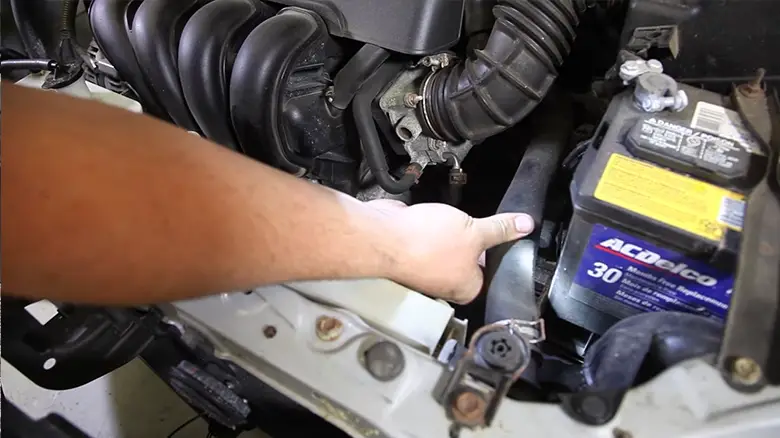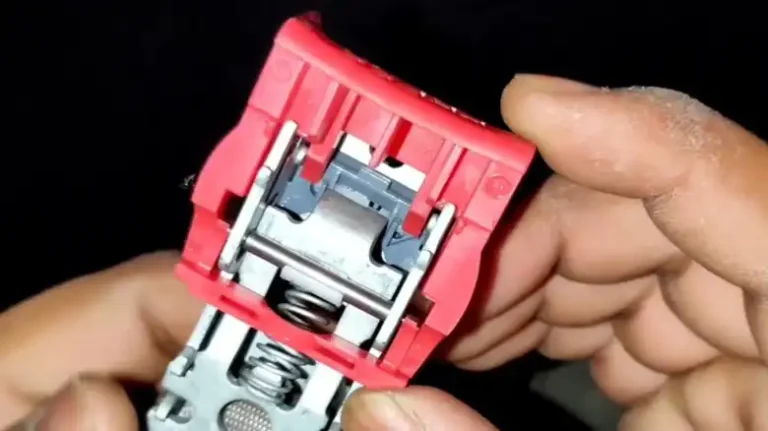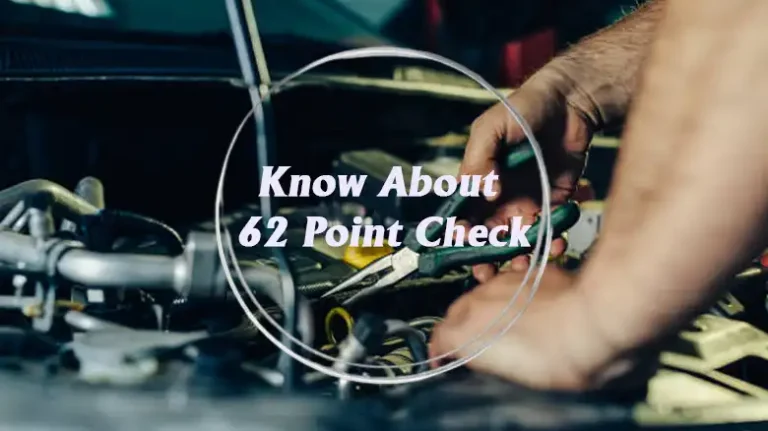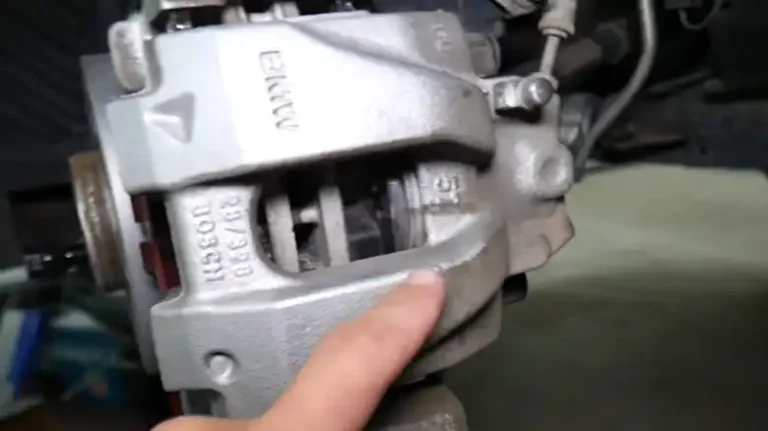What Is an 80 Point Check? A Comprehensive Guide
When I began searching for used cars, the term “80-point check” piqued my interest. Buying used vehicles can be risky, but this inspection method solves the problem by ensuring a comprehensive evaluation.
At first, I assumed it was a quick walk-around and test drive. But I learned an 80-point check is far more in-depth, with the name coming from checking around 80 different systems and components on the car. It aims to uncover any issues before buying.
The process involves a meticulous inspection of 80 vital areas in the vehicle. This involves an in-depth analysis of the engine, electrical systems, brakes, and more, ensuring that every facet of the car is examined thoroughly. Each aspect receives a keen eye, guaranteeing a detailed diagnosis.
Eager to learn more about 80-Point Checks and their role in vehicle protection? Join me on a journey to uncover the details, understand how it keeps your car in good shape, and understand its importance.

An overview of the 80 Point Check
You might be wondering what this term means and why it’s important for your vehicle. Let’s discuss it in simple terms:
Why Your Vehicle Needs It
Now, you might be thinking, “Why should I bother with this?”The answer is simple: regular 80 Point Checks can identify the problems before they turn into expensive problems. It’s like finding a small crack in your phone screen before it shatters. By taking care of concerns early, you save money and ensure your vehicle runs smoothly.
So, let’s explore the significance of an 80 Point Check, which is all about keeping your car in great shape, avoiding breakdowns, and ensuring your peace of mind on the road. Stay with us to learn more about this crucial aspect of vehicle maintenance.
Why Do an 80 Point Check?
Performing an extensive 80 point inspection when buying a used vehicle provides several key benefits. First, it helps avoid inadvertently purchasing a problem vehicle by thoroughly checking over all major systems and components. Additionally, the inspection process allows you to accurately assess wear and damage issues such as brake pad life or transmission leaks. Identifying required repairs is useful for negotiating the final price based on the true condition of the vehicle.
Finally, having professional technicians conduct a comprehensive assessment and report their detailed findings gives valuable peace of mind about the overall safety and reliability of the vehicle before investing. Taking the time for an 80 point check makes sense for avoiding future headaches and unexpected repair bills.
What’s Inspected in an 80 Point Check?
An 80 point check covers all of these key areas and components:
Engine & Drivetrain
- Engine condition – Tests cold start operation, listens for odd noises indicating issues like worn bearings or timing chain slap. Checks for oil leaks at gaskets, seals. Assesses external parts like starter, alternator, belts.
- Fluid levels – Tops up any low brake, transmission, power steering or wiper fluids. Notes any signs of leakage or contamination.
- Belts and hoses – Checks all accessory drive belts for glazing, cracking. Inspects radiator, heater and other hoses for swelling, surface cracks.
- Transmission – Tests transmission engagement into all gears. Checks for slipping, rough shifting or hesitation.
- Driveshaft – Examines driveshaft, boots and universal joints for cracks, lubrication leakage or excessive play indicating wear.
- Exhaust – Checks exhaust mounting points, tests efficiency of catalytic converter using emissions probe. Tap tests system for leaks indicating rust outs.
Electronics & Electrical Systems
- Battery – Using multi-meter, tests battery voltage and charging rate. Performs load test to simulate high current engine cranking.
- Alternator – With engine running tests alternator output voltage and amperage to ensure proper charging performance.
- Wiring – Carefully inspects wiring harnesses throughout vehicle for cracking, chafing, connector issues.
- Lights – Systematically checks operation of all exterior and interior lights, bulbs, switches and turn signals.
- Gauges & warning lights – Verifies accuracy of all dash instrumentation. Ensures check engine light or ABS warning lights deactivate with engine running.
Interior Features
- Seats – Checks seat frames and slides for wear. Ensures proper functionality of power seats/lumbar adjustments. Cleans upholstery stains if possible.
- Carpeting – Notes worn spots, detached areas allowing water intrusion. Checks for musty odor signaling leaks or flooded carpets.
- Windows – Tests all window, lock and chip mechanisms. Lubricates tracks if needed.
- Air conditioning – Verifies cold air vent output across temperature spectrum. Checks compressor mount/noise. Checks system recharge if pressure low.
- Radio & accessories – Tests radio reception, CD player. Checks speaker signal clarity. Verifies phone/Bluetooth connectivity. Ensures accessories (USB, 12V plugs) work.
Body Condition
- Paint finish – Performs paint thickness analysis to check for accident panel repainting/bodywork. Notes stone chips allowing rust.
- Body panels – Checks even panel spacing indicating collision repair. Notes dents, scratches. Tap tests for filler/body repair.
- Glass – Notes stone chips, cracks in all windows affecting visibility. Ensures proper window defrosting element function.
- Trim pieces – Checks for detached or loose pieces like mirrors, door handles, chrome strips.
- Underside – Performs tap test on undercarriage checking for rust perforation. Notes seam sealer condition, possibly covers raw areas.
Suspension, Steering & Brakes
- Shocks and struts – Checks mounting tightness, notes leakage deposit indicating failure. Tests smooth dampening through suspension travel.
- Ball joints – Attempts to move control arms laterally to check for excessive wear indicated by clunking.
- Tie rods – Checks play in tie rods indicating imminent need for replacement.
- Steering linkage – Ensures tight linkage components without excessive lash when turning steering wheel off-center.
- Brake pads & rotors – Measures pad material remaining. Checks rotor thickness variation across surface with micrometer.
Tires & Wheels
- Tread depth – Checks inner, center, outer tread depth with gauge. Notes irregular wear patterns.
- Wear pattern – Identifies alignment or suspension faults causing feathering, cupping patterns.
- Wheel condition – Checks for cracks, bends, flaws in wheel finish.
- Tire age – Notes cracks in sidewalls, checks manufacturing date code for age related degradation.
Test Drive
- Acceleration – Checks for hesitation, misfire, transmission slippage under hard acceleration.
- Braking – Repeatedly applies brakes checking for pulsation indicating warped rotors. Notes swerving or pull indicating component faults.
- Steering – Feels for looseness or uneven effort indicating wear. Verifies proper steering alignment.
- Transmission shift – Tests smoothness of shifts and consistency through all gears.
- Suspension noise – Listens closely for control arm, strut mount or ball joint clicks indicating imminent failure or steering column noises.
Benefits of an 80 Point Check
An 80 Point Check for your vehicle offers a range of tangible benefits that go beyond just ensuring it’s in working order. Let’s have a look into these advantages in simple terms:
- Extending the Lifespan of Your Vehicle: Regular inspections keep your vehicle in great shape. Catching issues early prevents costly problems. It’s like a prescription for your car’s long, healthy life.
- Peace of Mind for a Smooth Ride: After a thorough 80 Point Check, drive worry-free. No breakdown fears or rain worries. Enjoy a smooth and stress-free ride with peace of mind.
- Maintaining Resale Value: When selling, documented 80 Point Checks raise value. It’s like an owner’s manual, proving your car’s excellent care to potential buyers, adding to its worth..
An 80 Point Check not only preserves your car’s vital components but also your peace of mind and its resale value. So, it’s a win-win for both you and your vehicle.
Cost of an 80 Point Check
When it comes to getting an 80 Point Check for your vehicle, you might wonder about the expenses involved. Let’s discuss in simple terms:
Breaking Down the Expenses
The cost of an 80 Point Check can vary depending on various factors, including your vehicle’s make and model, the location of the service center, and the thoroughness of the inspection. Generally, it’s a reasonable investment to ensure your vehicle’s health. Think of it as budgeting for a regular checkup with your doctor – it’s a preventive measure to catch issues early and save on potential major repairs down the road.
Why It’s an Investment, Not an Expense?
Consider it this way – the money spent on an 80 Point Check is an investment in the longevity and performance of your vehicle. Regular checks can identify and address minor problems before they turn into costly breakdowns. It’s like maintaining a healthy lifestyle to prevent medical bills. Investing in your vehicle’s well-being now can lead to long-term savings.
In the long run the cost of regular inspections is a smart investment that preserves your car’s value and your peace of mind on the road. It’s a win-win that keeps both your vehicle and your wallet happy.
Hiring a Mechanic for an 80 Point Check
For added expertise and peace of mind, a professional mechanic can be hired to conduct the 80 point inspection. Their diagnostic skills and tests will provide the most accurate assessment.
Top Inquiries
Q1. How long does an 80 Point Check take?
A: Typically, an 80 Point Check takes around 1 to 2 hours. However, the time may vary depending on the vehicle’s condition and the thoroughness of the inspection.
Q2. Do I need an 80 Point Check if my car is still under warranty?
A: Yes, even if your car is under warranty, regular inspections are crucial to maintain its condition. Neglecting inspections may void your warranty.
Q3. Can I perform an 80 Point Check at home?
A: While you can perform some basic checks at home, it’s advisable to have a professional inspection for a comprehensive 80 Point Check.
Q4. What happens if issues are found during the inspection?
A: If issues are identified during the inspection, the report will detail them. You can then choose to address these problems with a trusted mechanic to ensure your vehicle’s safety and reliability.
Final Thoughts
An 80 point check provides invaluable information about a used vehicle’s condition before purchase. The small investment will save much larger repair costs down the road. Now you understand exactly what this comprehensive inspection entails and how to use it to your benefit when buying a pre-owned car.

![[Explore] Can You Use LED Fog Lights as Headlights?](https://proautosafety.com/wp-content/uploads/2023/06/Can-You-Use-LED-Fog-Lights-as-Headlights-768x431.webp)
![[Answered] Does Cruise Control Drain Battery?](https://proautosafety.com/wp-content/uploads/2023/03/Does-Cruise-Control-Drain-Battery-768x431.webp)


